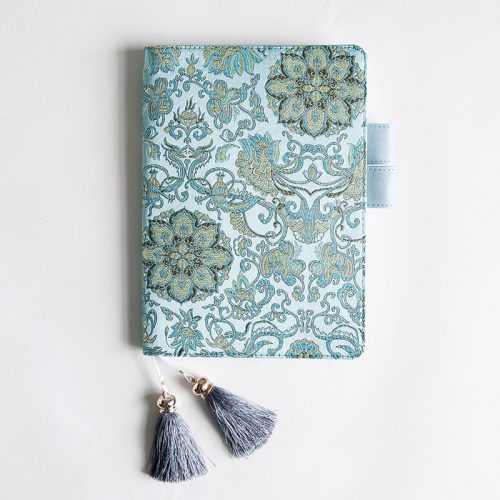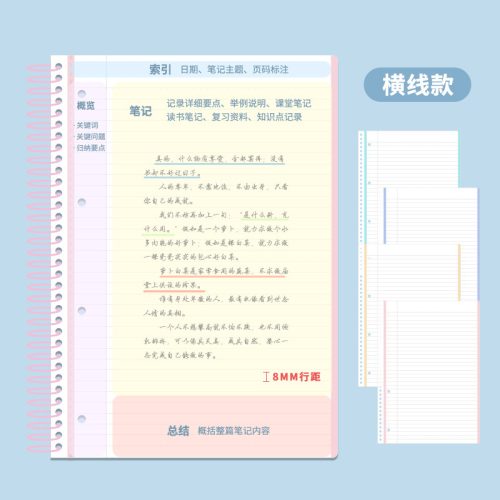Restoring vintage fountain pens can be a rewarding hobby for those who appreciate the craftsmanship and history behind these writing instruments. Whether you’re a collector or simply enjoy using classic pens, here’s a step-by-step guide on how to bring vintage fountain pens back to life:
- Gather Your Supplies:
- Fountain pen to be restored
- Clean, lint-free cloths or paper towels
- Pen flush or a mixture of water and a few drops of dish soap
- Soft-bristle toothbrush or a pen cleaning brush
- Blunt syringe or bulb syringe for flushing
- Micro-mesh abrasive pads or Mylar paper for nib smoothing (optional)
- Pen sac or ink bladder replacement (if needed)
- Silicone grease for sealing the pen (if needed)
- Pen rest or holder to keep the pen steady while working
- Assess the Pen:
- Examine the pen for visible damage, such as cracks or missing parts. Some damage may be irreparable or require professional restoration.
- Check the nib for misalignment, tine issues, or damage. Decide whether the nib needs realignment or smoothing.
- Disassemble the Pen:
- Carefully disassemble the pen by unscrewing the cap, barrel, and section (the part that holds the nib and feed). Be gentle to avoid any damage.
- Remove the nib and feed from the section, if possible, for thorough cleaning.
- Clean the Pen:
- Soak the pen parts, excluding the nib, feed, and sac/bladder, in a pen flush solution or a mixture of water and a few drops of dish soap. Allow them to soak for several hours or overnight.
- Use a soft-bristle toothbrush or a pen cleaning brush to gently clean the interior of the barrel and section.
- Flush the section with clean water using a bulb syringe or a blunt syringe until all traces of old ink and cleaning solution are removed.
- Clean the Nib and Feed:
- Carefully clean the nib and feed using a toothbrush or pen cleaning brush. Pay special attention to the ink channels on the feed.
- If the nib has issues, such as misalignment or scratchiness, consider nib realignment or smoothing using micro-mesh abrasive pads or Mylar paper. This should be done with care and patience.
- Replace the Sac or Bladder:
- If the pen uses a sac or bladder for ink storage and it is damaged or deteriorated, you may need to replace it. Consult online resources or seek professional guidance on sac replacement techniques specific to your pen model.
- Reassemble the Pen:
- Carefully reassemble the pen, ensuring all parts fit snugly. Use silicone grease to seal the threads if needed.
- Test the pen by filling it with ink and writing on paper. Check for any issues, such as leaks or ink flow problems.
- Store and Maintain:
- Store your vintage fountain pen in a cool, dry place away from direct sunlight.
- Regularly clean and maintain your pen to prevent issues from recurring.
Restoring vintage fountain pens can be a meticulous process, so take your time and be patient. If you encounter difficulties or have concerns about the restoration process, consider seeking advice from experienced pen restorers or professionals who specialize in vintage pen restoration.


